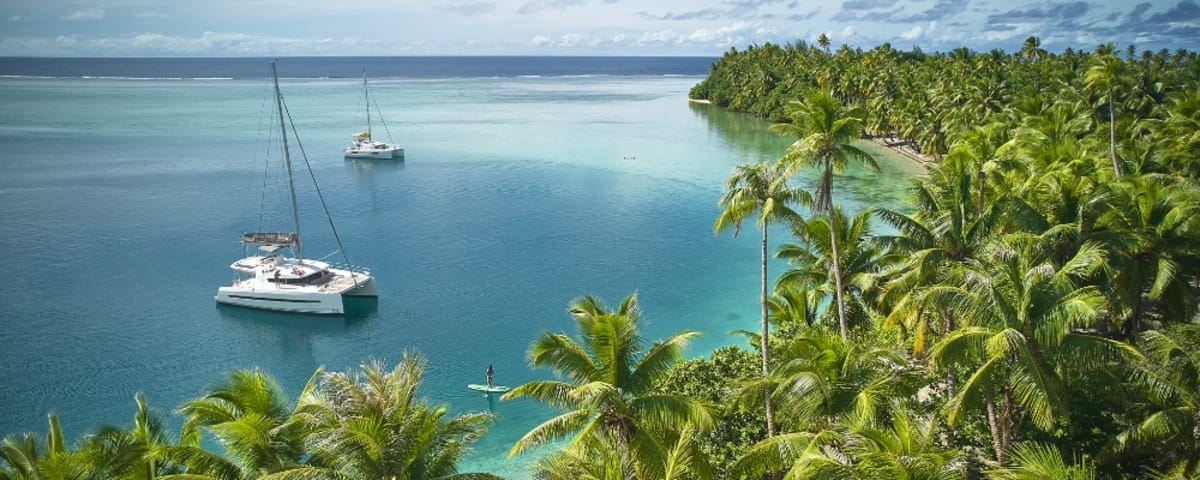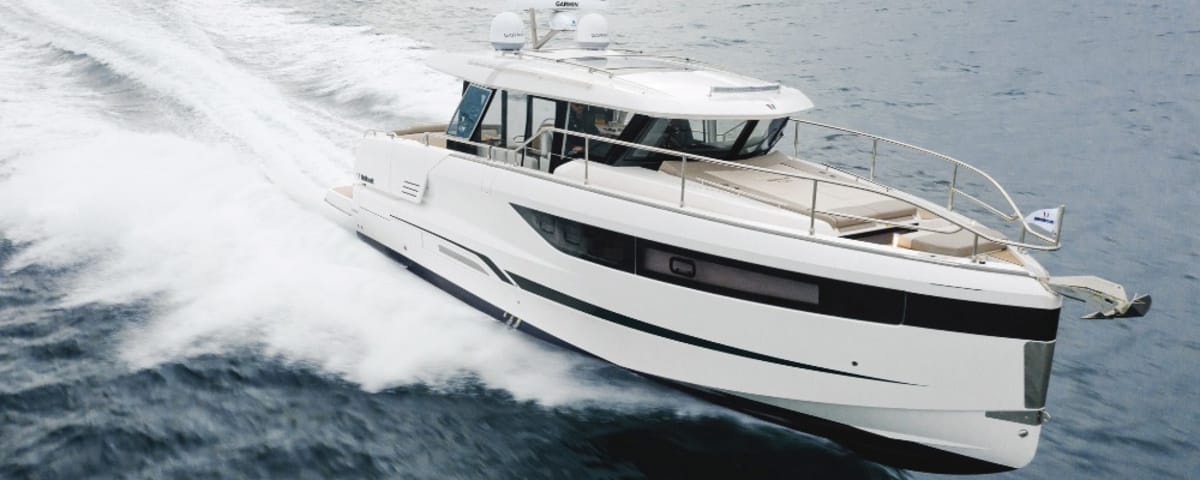Luxury Yachting Sails On, But Smaller Boats Face Choppy Waters
The yachting world presents a captivating spectacle. The Cannes Yachting Festival in early September drew approximately 56,000 visitors, while the Monaco Yacht Show at the end of September attracted nearly 30,000, and not just casual onlookers. These events suggest a thriving industry, but beneath the surface, the numbers reveal a more complex reality.
New boat sales in France are experiencing a significant downturn, plummeting by 15% between September 2024 and August 2025. The used boat market is proving slightly more resilient, but still facing a decrease of 3%, according to the FIN (Fédération des Industries Nautiques).
A surge in prices, exacerbated by the post-COVID environment and rising material costs, has caused boat prices to skyrocket by 30% to 50% since 2019. Smaller models are particularly affected, with many potential buyers opting for rentals or abandoning their plans altogether.
The Significance of Size: Where Length Makes a Difference
Within this contrasting landscape, two distinct trends are emerging:
- Demand for boats longer than 9 meters remains relatively stable.
- The large yacht segment (over 25 meters) continues to benefit from a robust premium market.
Although superyacht orders (over 30 meters) have declined by 10% in the first eight months of the year, the trend towards extreme size persists. Of the approximately 600 yachts currently under construction, 61% exceed 40 meters. These larger units, while less common, already represent 37% of the global active fleet. This data points to a self-sustaining dynamic of “ultra-luxury.”
Charting a New Course: Prices, Innovation, and Compromise
For manufacturers of smaller boats, the challenge is significant: to reignite demand without sacrificing profit margins. Some are focusing on price repositioning, including lower entry prices, simplified models, the use of lighter materials, and technological innovations.
At the Cannes Yachting Festival, Sylvie Ernoult highlighted advancements in design, noting boats that are more accessible, easier to maneuver, and safer. She also pointed to an emerging ecological transition, with electric or hybrid propulsion and “eco-friendly” boats. These features aim to attract customers who value modernity and reduced carbon footprints.
BENETEAU, a leading French manufacturer, is implementing a strategy of evolving all its ranges while simultaneously renewing its entry-level offerings. Cost reduction in certain models involves practical adjustments. For example, the Lagoon 38 (13 meters) is eliminating a bathroom to accommodate two cabins, and some wooden elements are being replaced with lighter materials. The anticipated result is a 10% to 15% price reduction on select models.
The American Shadow: Tariffs and Global Balances
Another potential obstacle looms: American tariffs. The United States represents 45% of the global yachting market, according to the FIN, and increased taxation could disrupt market equilibrium.
However, French and European players may not be the most exposed. In the small motorboat segment, American products already dominate. For larger sailing and motor yachts, construction is primarily based in Europe. According to Bruno Thivoyon, Chairman of the Board of BENETEAU, “There is a risk of a slowdown, but we are all in the same boat.”
The nautical market, like a two-speed ocean, illustrates a strong tension between the fascination with the extraordinary and the need to democratize access to the sea.
Superyachts captivate and continue to attract massive investments, but it is the smaller boats, those that embody local yachting, that reveal the sector’s fragility. Reducing costs, innovating, and simplifying are the keys to reviving a budding market, balancing prestige and pragmatism.
Enjoyed this post by Thibault Helle? Subscribe for more insights and updates straight from the source.


